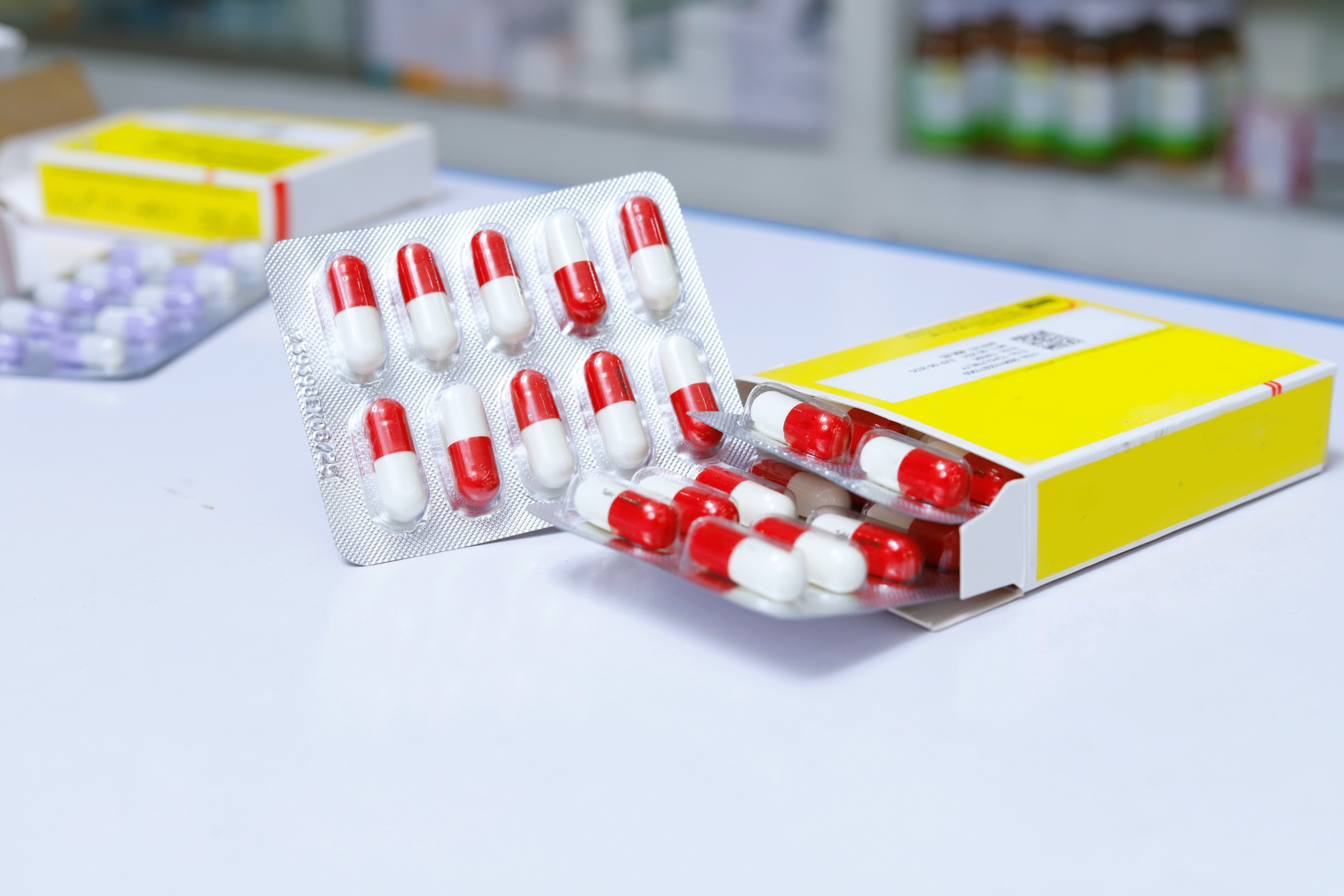
Individuals around the world are plagued by atypical ailments only treatable by unique drug therapies or “specialty drugs,” which are high-cost prescription medications used to treat complex, chronic conditions with smaller disease populations such as multiple sclerosis or cystic fibrosis.
These drugs improve the quality of life for many, with some medications even serving as life-saving treatments. Yet, as availability and prescription of these medications increases, so does the cost, causing concern for both patients and insurance plan sponsors.
What’s So Special About Specialty Drugs
Aside from their costly price tag, specialty drugs are also unique for their intensive distribution and handling requirements, such as frequent dosing adjustments or specialized trainings. For example, some drugs may only be administered by a healthcare professional in a hospital to ensure careful clinical monitoring while others may be self-administered, but require specific at-home temperatures to preserve the drug’s quality.
That said, it’s unlikely that a specialty medication would be found at your local pharmacy. Due to their extraordinary requirements, these pharmaceuticals are only dispensed through “specialty pharmacies,” which are state-licensed pharmacies that are designed to handle specialty drugs.
Today, specialty drugs are increasing in popularity with an average of 50-55 new drugs set to hit the market per year. This recent growth is driven by an investment in ultra-rare conditions. But how did we get to this point? Let’s explore.
The Rise in Specialty Prescriptions
In the 90s and early 2000s, there were only 10 specialty medications on the market. Today, specialty drugs account for approximately 80% of newly FDA-approved drugs.
However, chronic conditions aren’t new, so why the sudden increase in specialty prescriptions? Gene therapies and “orphan drugs,” medications that treat rare conditions that affect 200,000 people or less, are taking over the specialty pipeline. For example, the FDA recently granted a specialty therapy to treat hemophilia A, a life-threatening bleeding disorder. These unique therapies are extremely expensive, attracting manufacturers to monopolize the drugs that treat their respective uncommon conditions. By 2024, drugs for rare diseases are expected to make up 22% of all drug sales.
Still, specialty conditions only affect less than 5% of the population, so what’s keeping drug manufacturers interested in this niche group? Back in 1984, the federal government put a law in place to incentivize manufacturers to create specialty drugs by offering tax breaks and market exclusivity agreements. These motivations are tempting, but the real value-add for manufacturers entering the specialty market is the profitability thanks to the high markup potential and lack of competition.
How the Specialty Market Stays Profitable
$2.1 million. That’s the cost of the most expensive drug in the world.
The specialty medication Zolgensma is used to treat Spinal Muscular Atrophy (SMA) and as a single-dose drug, is among the top four most expensive drugs in the U.S. (all which exceed $1 million each). The alternative for this drug is not a single-dose, but can easily cost $4 million over a period of 10 years, breaking the bank for typical insurance plans. As plan sponsors and self-funded employers get hit with these catastrophic claims, drug manufacturers continue to profit over these ultra expensive medications with several companies exceeding 25% profit margins.
The specialty drug market has approximately doubled in the last ten years causing patients and plan sponsors to question if these oftentimes life-saving drug costs are appropriate. Some agree that the high cost is attributed to the strict requirements, supplemental research, and special administration that is needed for specialty management. However, others argue that the manufacturers mark up the prices to make up for lost revenue.
With virtually no market competition, drug manufacturers can charge whatever they like.
The Effects of the Specialty Market
While we’ve seen a correlating trend in the utilization and cost of specialty medications, industry experts argue that this won’t last forever. As drug companies continue to face scrutiny for their prices and biosimilar competition emerges, the expensive consequences of the specialty market remain.
Ultimately, as prescription drug costs rise, so does the risk for self-funded employers and their patients. All it takes is one new chronic condition and one new specialty claim to easily double, triple or even quadruple a plan’s annual drug spend. In fact, just last year approximately 70% of pharmacy plan sponsors reported at least one catastrophic claim in excess of $500k in the prior two years jeopardizing their plan budget.
To combat these costs, self-funded employers can turn to stop-loss insurance for protection against these catastrophic specialty claims – but it’s not a complete solution. For added coverage, supplemental stop-loss insurance can limit the amount that a plan or its stop-loss carrier are required to pay to protect against unexpected and catastrophic specialty claims. RxPharmacy Assurance’s product is designed specifically for pharmacy risk associated with conditions that have high-cost prescription therapies, covering a broad range of chronic conditions.
Learn how to protect your self-funded clients with RxPharmacy Assurance’s supplemental stop-loss solution.

